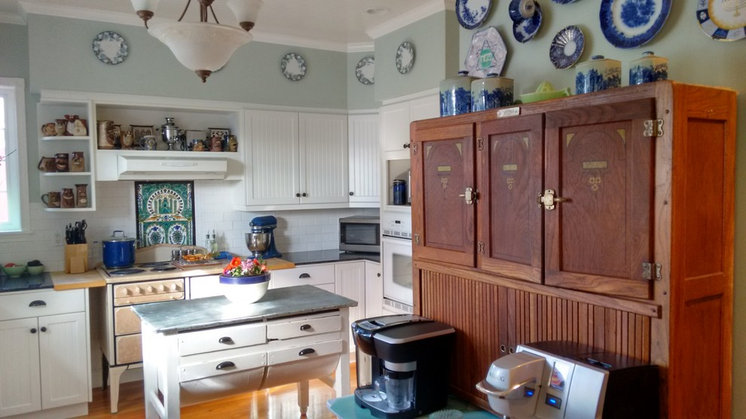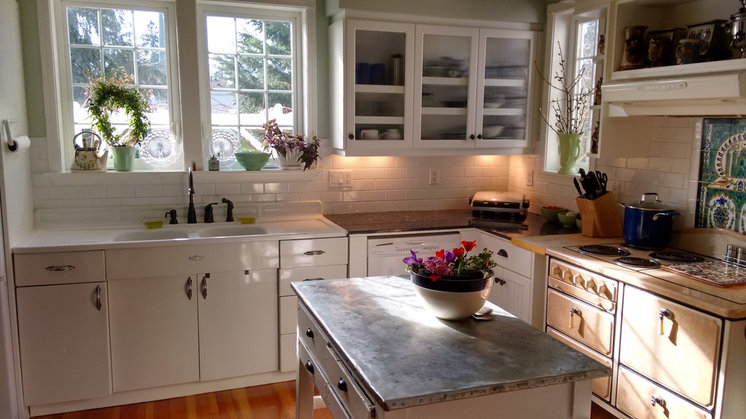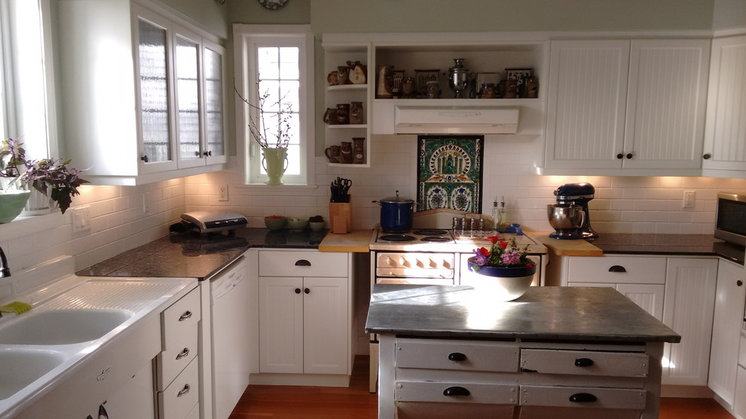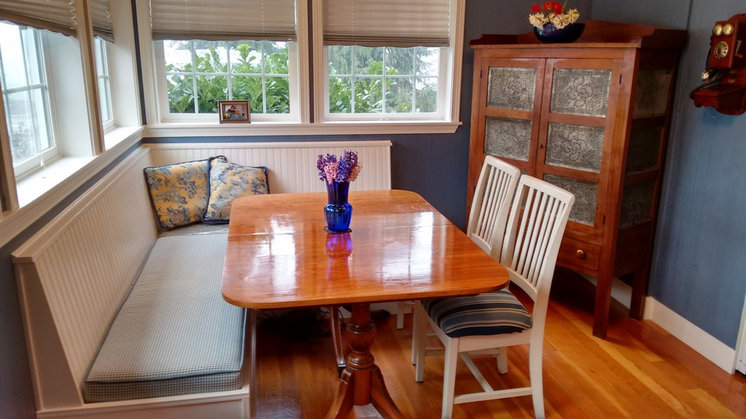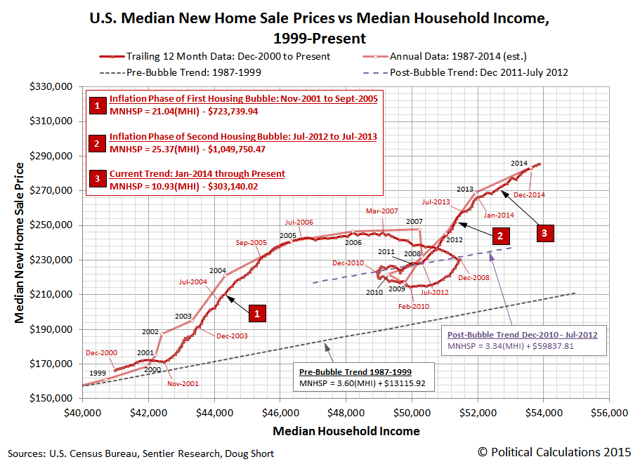The Federal Reserve Board recently reported that consumer credit outstanding rose by a seasonally adjusted annual rate of 5.6%, $186.2 billion, in February 2015. Consumer credit outstanding now totals $3.343 trillion.
The expansion of total consumer credit outstanding reflected an increase in the outstanding amount of non-revolving consumer credit. Non-revolving consumer credit includes auto loans and student loans. According to the report, non-revolving credit outstanding grew by a seasonally adjusted annual rate of 9.4%, $230.3 billion, in February 2015, 3.6 percentage points faster than the 5.8%, $141.6 billion, growth recorded in January 2015. There is now $2.459 trillion in outstanding non-revolving credit, 74% of the total amount of consumer credit outstanding.
The growth in non-revolving credit was partially offset by a contraction in the outstanding amount of revolving credit. Revolving credit outstanding is largely composed of consumer credit card debt. After recording a small decline of 1.4%, $12.0 billion, in January 2015, revolving credit outstanding registered a larger decrease, 5.0% or $44.1 billion, in February 2015. As of January 2015, revolving credit outstanding totals $884.8 billion, 26% of total consumer credit outstanding.

An earlier post showed that the increase in consumer credit outstanding largely reflects an expansion in non-revolving credit outstanding. As a result, non-revolving credit outstanding as a share of total consumer credit outstanding has risen. However, while the overall composition of consumer credit outstanding is skewed to non-revolving credit, the composition of consumer credit varies by type of holder. Depository institutions, nonfinancial businesses and pools of securitized assets hold more revolving credit than non-revolving credit. In contrast, finance companies, credit unions, the federal government, and nonprofit and educational institutions hold primarily on non-revolving credit. Both the federal government and non-profit and educational institutions focus only on non-revolving credit.
As Chart 2 illustrates, of the consumer credit held by depository institutions, 54% of it represents revolving credit while the rest, 46%, is non-revolving credit. Of the consumer credit held by pools of securitized assets and nonfinancial businesses, 58% and 52% respectively is held as revolving credit while the rest, 42% and 48% respectively, is held as non-revolving consumer credit. Meanwhile, of the consumer credit held by credit unions and finance companies, 15% and 9%, respectively, is revolving credit and the rest, 85% and 91% respectively, is non-revolving credit.

Although 3 types of institutions hold more revolving credit than non-revolving credit, 2, nonfinancial businesses and pools of securitized assets, account for only 3% of consumer credit outstanding combined but the third, depository institutions, is the largest holder of consumer credit outstanding. Although the current composition of consumer credit outstanding held by depository institutions is currently near evenly split, this has not always been the case. As Chart 3 illustrates, the consumer credit holdings of depository institutions were largely of non-revolving credit and very little revolving credit. However, over the last 46 years, 1968-2014, the share of revolving consumer credit has steadily risen while the share of non-revolving credit has declined. In 2010, a large spike in the holdings of revolving credit by depository institutions that was related to the shift of consumer credit pools of securitized assets to other categories due to implementation of the FAS 166/167 accounting rules, pushed its share past 50%. In contrast, the share of consumer credit held by depository institutions that was non-revolving credit fell below 50%. At the end of 2014, 54% of depository institutions’ consumer credit holdings were revolving credit and the rest, 46%, was non-revolving credit.
read more….
http://eyeonhousing.org/2015/04/non-revolving-credit-drives-consumer-credit-growth/



